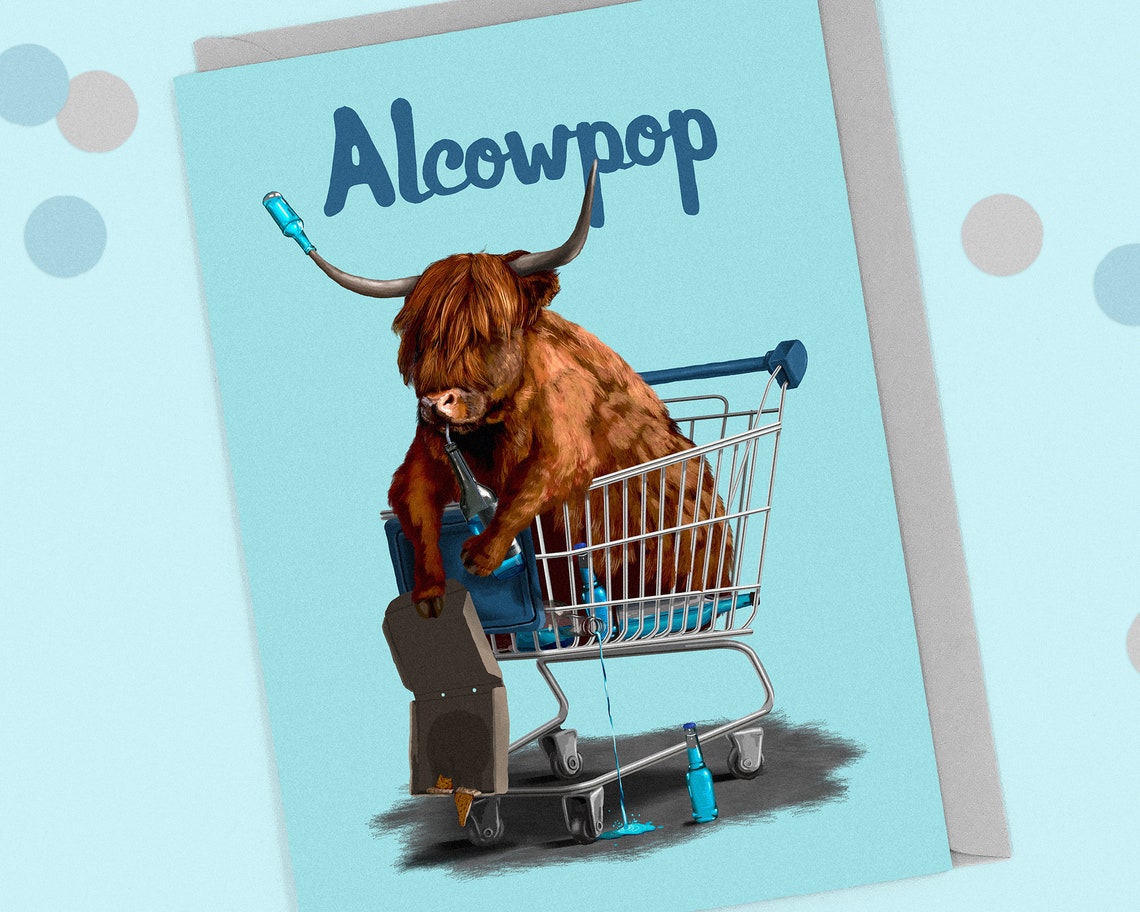
The average weight of the Scottish cow is 500 kilograms and 700-800 kilograms for a highland bull. Sometimes it visually affects the forest, as the fold of Scottish highland cows can feast on the low branches, hanging from the trees. Usually, they may eat not only grass or hay but also the leaves of the trees, which most other cattle can’t or won’t do. The hairy coo is quite independent and does not require much personal care to find nutrition. By the way, in most cases you won’t hear a “cow” term from local farmers – it’s much common to hear an old Scottish term “coo” instead. None of the modern cattle is so adaptive and unique in this way, which makes the process of maintaining a fluffy cow easier. It allows farmers to keep highlander cows in the open shelters during all seasons, not being afraid that it will kill them or make them sick. The “fold” term is correct and eventually stuck due to the natural resistance of the fuzzy cow to the cold weather. By the way, the term “herd” is not quite accurate if we speak about Scottish highland cows. The Scottish farmers usually have their own folds of highland cattle, the main purpose of which is producing milk and meat.
Scottish highland cattle happy birthday how to#
How To Care For And Maintain The Scottish Highland Cows It seems that they really adore the beef taste of the highland cows to justify such a step. Even more – in 1954 the royal family from the Balmoral Castle started to maintain their own fold of fuzzy cows. They were quite imposing, yet elegant creatures, and since then they became popular and recognizable highland cattle. It is known that the Mainland type of Scottish cow won the favor from the Queen Victoria herself. They were less hairy and their main color was brown or ginger. The Mainland, on the other hand, were bigger as they had access to a larger variety of nutrition. Also, these were quite hairy cows as they had to withstand the low temperatures. They were smaller than the Mainland type and their color was black. Their name is related to the “kyles” – an isthmus in the river, where farmers led their cattle to the marketplace. The Kyloe originated from the Western Islands of Scotland, where the climate is quite harsh. They were first described on 10th June 1885 in the Herd Book of the Highland Cattle Society. There are two main types of Scottish cattle: Kyloe and Mainland. Even though, they can be found in Australia, Canada, Denmark, Finland, and the United States of America. The motherland of the Highland cows is Scotland. There they’ve adapted to the cold climate and grow their hair, which keeps them protected from the harsh environment during the entire year. Eventually, the herds migrated from Africa to the north lands of Europe, including England and Scotland specifically. They were known as Hamitic Longhorn – the cattle of kings, and have Egyptian roots (dated around 4000 years B.C.). Some say that the royal predecessor of the Scottish Highland cow is Ankole-Watusi. We have a limited number of steers so first come first serve! We also have Highland Steer Hides for sale.Scottish Highland Cow – Historical Roots And Habitat Send us an email at or or call the ranch for an order sheet. Natural Grass Fed Highland Beef: Demand for our tasty, healthful beef is expanding our offerings which include beef sales by the piece with discounts for large orders. Our beef animals are raised and finished under natural conditions. We also produce a limited number of steers for slaughter. Our goal at the ranch is to offer a small but select number of breeding stock each year bred by our outstanding Herd Sire Bull - Brodgar. Contact the Ranch for more information and availability. Highland Beef is known to be some of the best tasting beef in the world. Their quiet temperaments and natural ability for calving ease make these cows easy keepers.

They are slower growing and very efficient eaters on marginal pastures.

Generally Highland Cows are an optimal choice for smaller acreages or non-commercial beef raising enterprises. This moderate framed breed is an excellent browser. Highland beef is a premium product, second to none in flavor and health benefits. Highland cattle fit into a variety of operations from the small farm to large commercial beef operations. The American Highland Cattle Association (AHCA) registry was formed in 1948. The first recorded importation into the United States occurred in the late 1890s when western cattlemen recognized the need to improve the hardiness of their herds. The extremely harsh conditions created a process of natural selection, where only the fittest and most adaptable animals survived to carry on the breed. The Highland cattle breed has lived for centuries in the rugged remote Scottish Highlands. Highland cattle are a Scottish breed of cattle with long horns and long wavy coats.


 0 kommentar(er)
0 kommentar(er)
